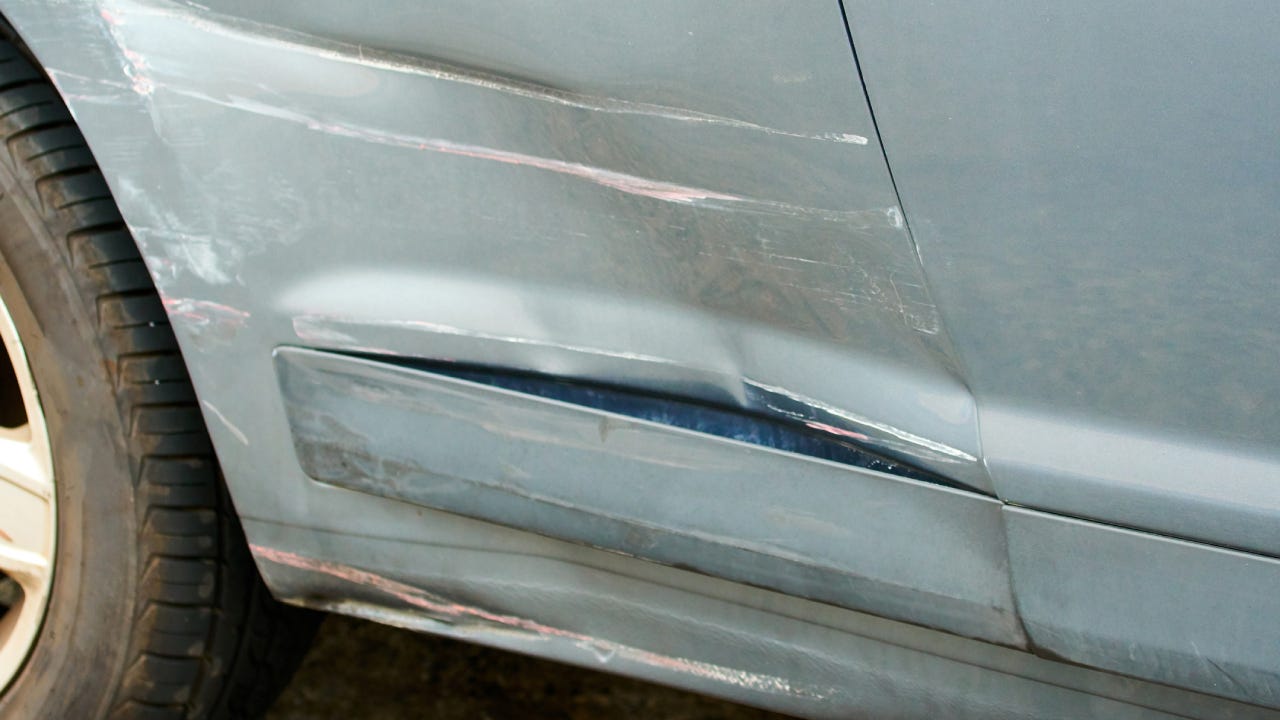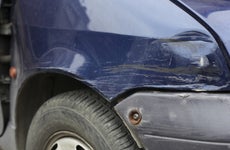What to do after a hit and run in Virginia

The Bankrate promise
At Bankrate, we strive to help you make smarter financial decisions. To help readers understand how insurance affects their finances, we have licensed insurance professionals on staff who have spent a combined 47 years in the auto, home and life insurance industries. While we adhere to strict , this post may contain references to products from our partners. Here's an explanation of . Our content is backed by Coverage.com, LLC, a licensed entity (NPN: 19966249). For more information, please see our .
No one likes to imagine being involved in a hit-and-run accident, but learning about what to do following one can help you make informed decisions. If you were the victim of a hit-and-run in Virginia, you might wonder if your car insurance covers your vehicle or how the incident might affect your car insurance premium. While the average annual cost of full coverage auto insurance in Virginia is $1,960, actual costs vary from person to person, and you may or may not see your premium go up after filing a claim. To give you an idea of what to expect, Bankrate’s insurance editorial team explains.
Hit-and-runs in Virginia
By definition, a hit-and-run accident is where the at-fault party flees the scene of the accident. This can apply to fleeing an accident from a moving collision or even hitting a parked car. In 2022, there were over 122,000 car accidents in Virginia. Among these, 5,517, or 2.5 percent of the total, were ruled as hit-and-runs.
Virginia hit-and-run laws
Virginia hit-and-run laws dictate that any driver involved in an accident where an injury or property damage (including to a vehicle) must stop. Not stopping results in serious penalties, including being charged with a misdemeanor if the damage to the property is less than $1,000. If the accident has a serious injury, death or property damage greater than $1,000, it is classified as a Class 5 felony. A Class 5 felony results in jail time for up to one year and a $2,500 maximum fine, or both.
Virginia requires every car insurance company that offers motor vehicle liability coverage to offer uninsured motorist (UM) coverage in addition to liability coverage, although it can be declined in writing. UM coverage also applies to hit-and-run accidents in Virginia. The driver who is the victim of a hit-and-run is responsible for the first $200 in property damage before the UM goes into effect.
How hit-and-runs impact car insurance rates in Virginia
Hit-and-runs impact all parties involved in the accident, regardless of whether you were a victim or the person charged. If you received a hit-and-run charge in Virginia, the consequences can be more serious. However, car insurance premiums will most likely increase for both the victim and the at-fault driver.
As the victim of a hit-and-run, you would still likely need to file a claim, depending on the severity of the damage. Filing a claim is likely to make your car insurance rates increase for a while, though how much depends on the size of the claim.
On the other hand, the at-fault driver, if caught, would be charged with a hit-and-run, which is considered a misdemeanor or a felony, depending on the damages incurred. You might also be classed as a high-risk driver if you are convicted of a hit-and-run, which will raise your car insurance rates substantially. Additionally, you may be required to file an SR-22 certificate with the state as proof of insurance if your current policy is canceled after your conviction for a hit-and-run accident in Virginia.
4 steps to take after a hit-and-run accident in Virginia
There are several critical steps to remember immediately following a hit-and-run accident. While this is a stressful experience, staying focused on the next steps will help you navigate a difficult situation.
- Call for medical help right away if there are injuries. Medical attention and safety is the first priority. While you or your passengers may not feel immediate pain from injuries, medical personnel can evaluate everyone and determine what medical steps are next.
- Call the police. Getting the police involved is a critical step, even if the vehicle is parked and you did not witness the damage take place. A police report is helpful when you file an insurance claim. Plus, the police may be able to interview witnesses and gather important details related to the accident.
- Take your own photos and gather any evidence. Take as many photos as you can of the damage to the vehicle and surrounding areas. These photos may prove helpful later on when the insurance claim is filed or from a criminal standpoint. If you do not have your phone, writing down key details, such as a detailed description of any damage, time of day, weather and road conditions, is another strategy.
- File an insurance claim. Filing an insurance claim promptly is the best course of action if you plan to file one. Your licensed agent can walk you through the process and review your coverage limits.
Will insurance cover a hit-and-run?
In Virginia, drivers are required to at least carry liability car insurance (or pay an annual fee of $500). However, to cover the costs associated with a hit-and-run accident, drivers can use uninsured motorist coverage. Medical expenses and property damage are covered separately under uninsured motorist insurance, so you may want to speak with your agent to make sure you are covered for both.
Additionally, if you carry collision coverage, it could help cover damage to your vehicle as a result of the hit-and-run. Collision coverage helps cover costs for repairs, or possible replacement, to a damaged vehicle after a covered loss.
Frequently asked questions
-
-
The average cost of car insurance in Virginia is $1,960 annually for a full coverage policy. This is well below the national average of $2,542 per year for the same policy type and limits. Your actual cost will vary, as car insurance premiums are based on several factors, such as your age, driving record and marital status.
-
Finding cheap car insurance in Virginia may be harder or easier for you, depending on your personal situation. Numerous factors, such as the make and model of your vehicle and your driving record will be used to calculate your car insurance rate, and every company calculates premiums differently. Typically, the best way to find cheap car insurance for you is to select a few companies to get quotes from to compare. It also pays to inquire about which discounts you may be eligible for to ensure you are getting the best rate possible for you.
-
When shopping for auto insurance, bear in mind that there is no single best insurance company. Car insurance is highly personalized—what you’re looking for in a provider might be different from what another driver values. For instance, if you have a young driver in your household, you might shop for a provider who offers good student discounts or you might look for providers writing inexpensive policies if you’re on a tight budget. A driver with a DUI might look for an insurance company that specializes in covering high-risk drivers. Evaluating your insurance needs, requesting several quotes and reading customer reviews can help you determine some of the best insurance providers for you.
-
Related Articles



